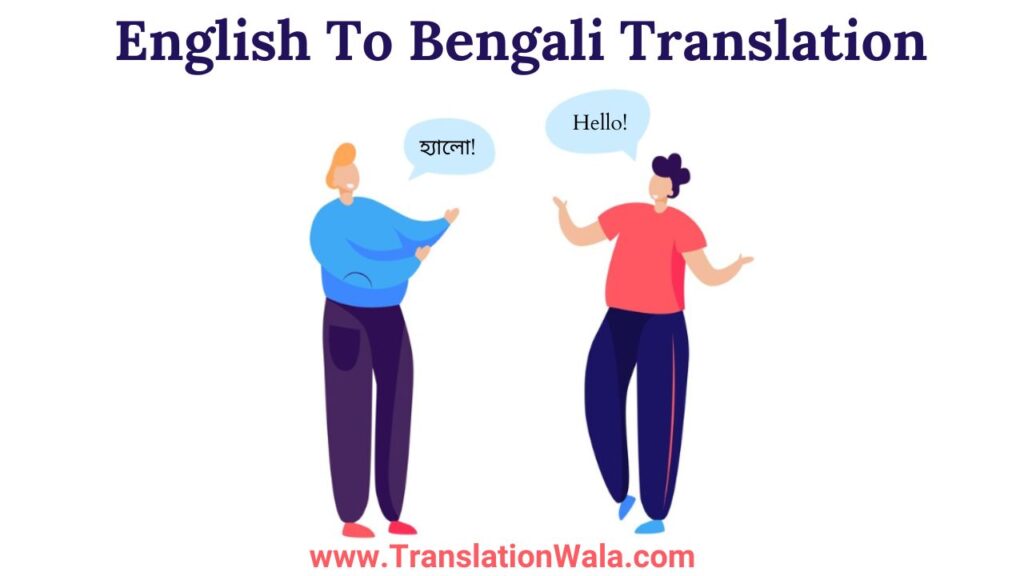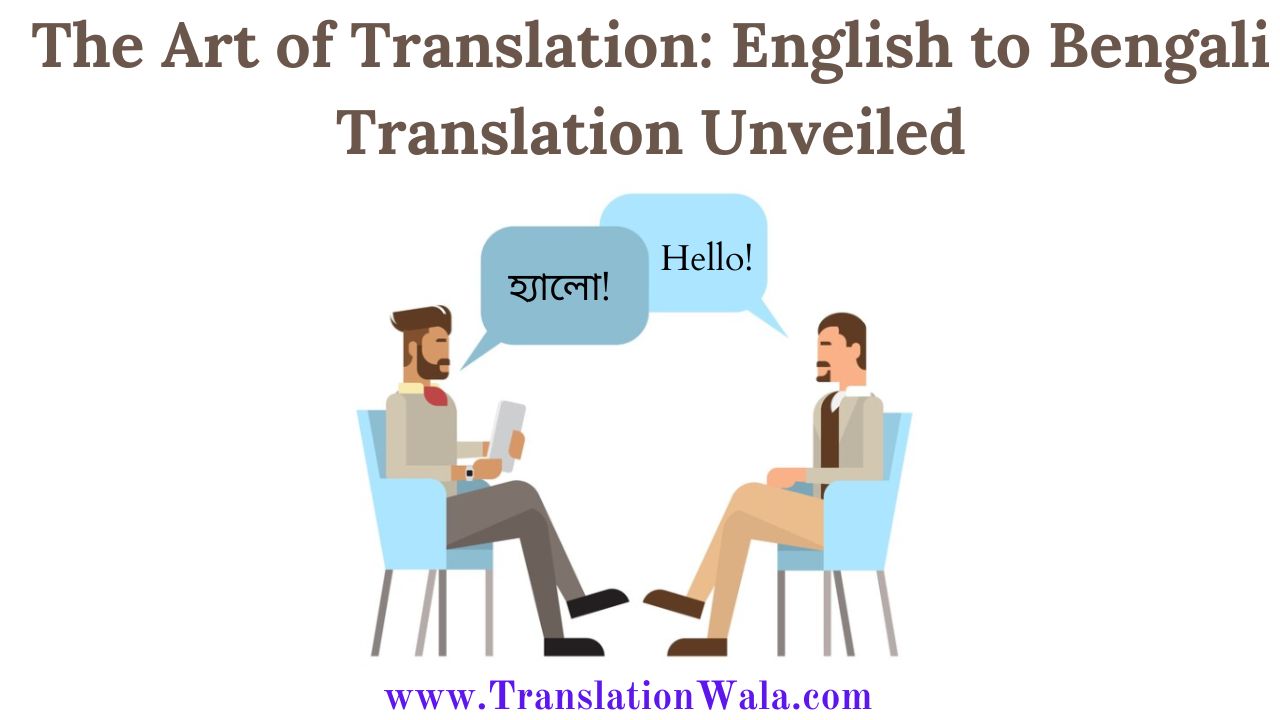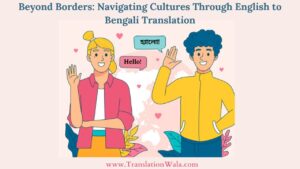English to Bengali Translation: The Ganges River runs gracefully through the middle of Bengal. It brings with it more than just sand and fish; it also carries a rich culture and a lively language. Bengali is spoken by more than 265 million people around the world, and its written history goes back hundreds of years. Many people, though, can’t read the gems of Bengali writing because they don’t know how to. This is where the art of translation comes in. It connects people from different countries and lets everyone enjoy the beauty of Bengali works.
English to Bengali translation is a difficult task with many parts. It’s not as easy as just switching words from one tongue to another. A good translator knows how to handle the subtleties of both languages and captures not only the exact meaning but also the writer’s style, cultural background, and emotional undertones.
Challenges of English to Bengali Translation
A smooth translation from English to Bengali is hard to achieve for a number of reasons.
- Linguistic Differences: Bengali is an Indo-European language, which means it is similar to English in terms of grammar and sentence structure. When writing Bengali, it can be hard to try to copy the flow of English sentences word for word. A good translator needs to find words that sound like the source and still mean the same thing.
- Cultural References: There are many culture themes in English writing that may not make sense to people who read Bengali. Translators have to find words in Bengali that mean the same thing and make sense without changing the meaning of the text.
- Wordplay and Idioms: Figurative language like puns, metaphors, and phrases give writing more depth and fun. When you translate these parts straight, they often lose their sense. A good translator has to think of creative ways to do things, like using Bengali phrases or humor to get the same point across.
Also Read: Breaking Barriers: English to Gujarati Translation Made Easy

Approaches to English to Bengali Translation
Translators can deal with the difficulties of English to Bengali translation in a number of different ways. Here are two well-known ways:
- Source Language Oriented Translation: This method puts an emphasis on keeping true to the English source text. The translation tries to keep as much of the original sentence structure and word choice as possible while still making sure the Bengali text reads easily.
- Target Language Oriented Translation: The goal of this method is to write Bengali that flows well and strikes a chord with the intended readers. To reach this goal, the translation may change the structure or words of the original sentences while keeping the cultural background and meaning.
Most of the time, the best way to do something is somewhere in the middle. When translating, it’s important to stay true to the original text while also making it easy to read in the target language.
The Importance of Bengali Translation
An important part of making Bengal’s society more rich is translating from English to Bengali. There are a lot of books for Bengali fans to choose from, both old works and new books.
Using translation can also help people share their various countries. Literally anyone can read Bengali books, so people from everywhere can enjoy the variety of Bengali culture, feelings, and experiences. People who don’t speak the same language should also be able to share knowledge. Such as in science, technology, and schooling, this is important.
The Future of English to Bengali Translation
Translation is a field that is always changing. The more advanced machine translation tools get, the faster and cheaper translation choices they provide. But these tools are still not very good at picking up on the subtleties of language and culture.
Working together is probably the best way to move forward with English to Bengali translation. Simple translations can be done by machines, but skilled human translators can go over and improve the work to make sure it is correct, takes into account different cultures, and reads naturally.
Conclusion
It’s an art to translate from English to Bengali, you need more than just language skills. You should also know a lot about both groups of people. Pros at translation close the gap between the English and Bengali worlds by enjoying language, paying close attention to details, and being creative. As Bengali writing grows, it will need skilled writers to make sure that everyone can read and enjoy its best works.



